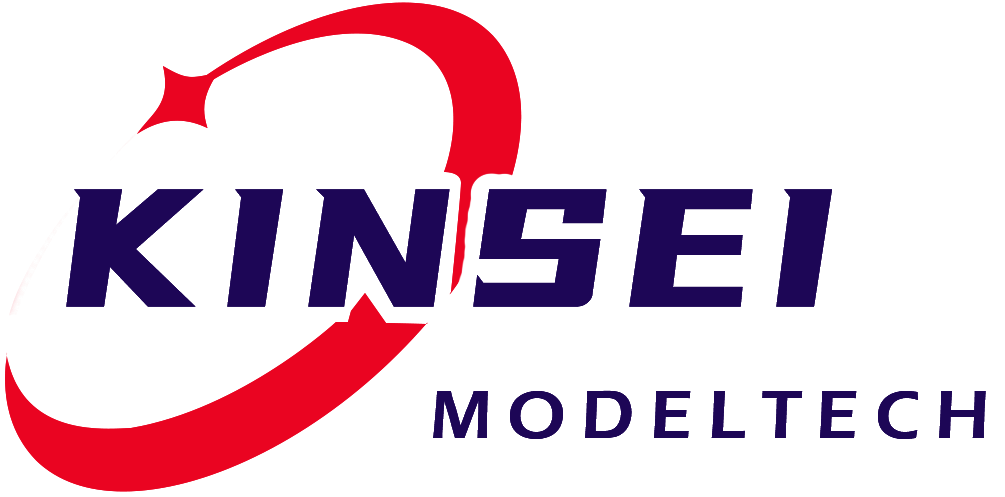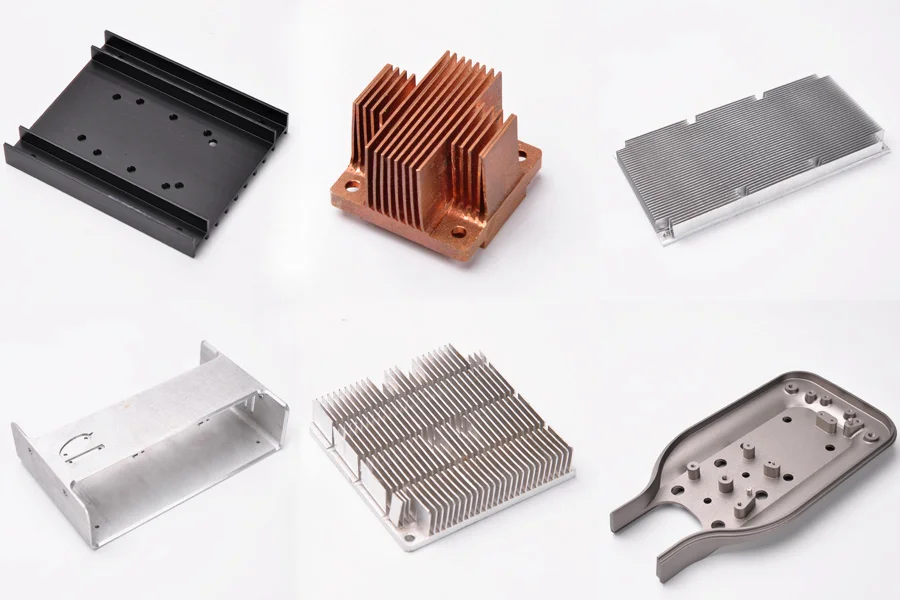How to improve the quality of FDM prototyping? Start with detail optimization
As one of the most widely used 3D printing technologies, FDM is widely used in prototype development, teaching, industrial verification and other fields due to its advantages such as low equipment cost, wide variety of materials and easy operation. However, in practical applications, FDM printing often faces problems such as rough surface, deformation and obvious layer lines. To improve the quality of FDM prototyping, it is necessary not only to select suitable equipment and materials, but also to pay attention to details such as printing parameters and environmental control.

Equipment calibration cannot be ignored. Whether the printing platform is level and whether the gap between the nozzle and the platform is appropriate directly affects the adhesion of the first layer and the stability of molding. Regularly calibrating the printer, including X/Y/Z axis positioning accuracy, belt tension inspection, motor operation status, etc., will help improve the overall printing quality.
Choose high-quality materials and store them reasonably. Poor-quality consumables may have problems such as uneven diameter and high moisture content, which can easily cause blockage or poor layer adhesion. It is recommended to use well-known brand consumables and store the materials in a dry environment to prevent moisture from affecting the printing effect.
The stability of the printing environment cannot be ignored either. Large temperature fluctuations or vent interference can cause printing deformation or delamination problems. Especially when printing ABS or nylon materials, it is recommended to use a closed printer or install a constant temperature cover to keep the temperature uniform.
Optimize support structure and slicing strategy. Reasonable setting of parameters such as support structure, filling density, shell thickness, etc. can not only improve model strength, but also shorten printing time and improve surface effects.
Improving the quality of FDM prototyping requires coordinated optimization of software and hardware. Only by achieving refined management at multiple levels such as equipment maintenance, parameter control, material management and printing environment can the molding advantages of FDM technology be fully utilized to achieve high-quality and high-precision 3D printing output.
Related news
2025-12-10








 Inquiry Hotline:
Inquiry Hotline:


